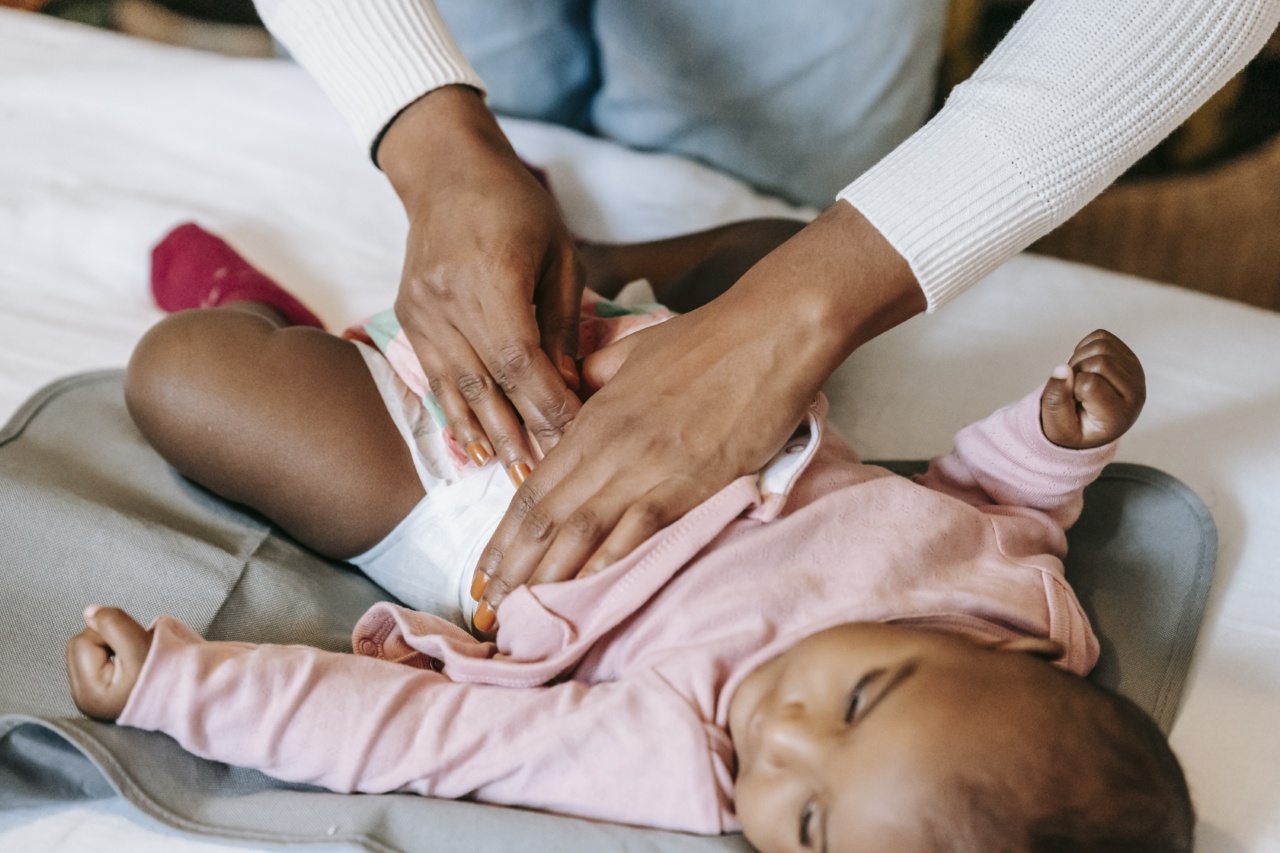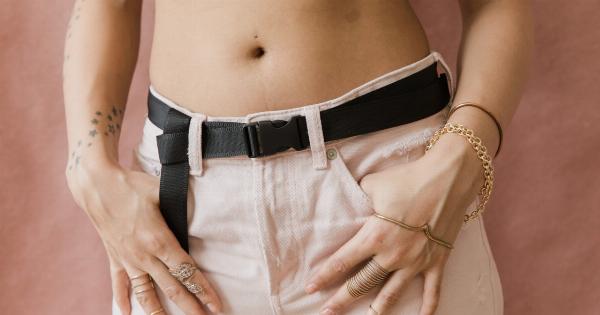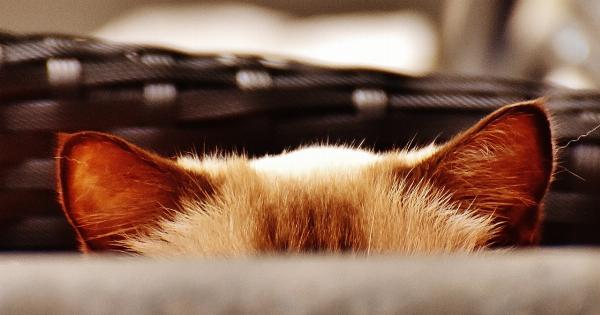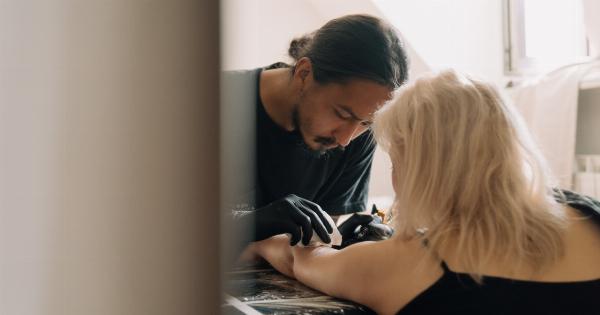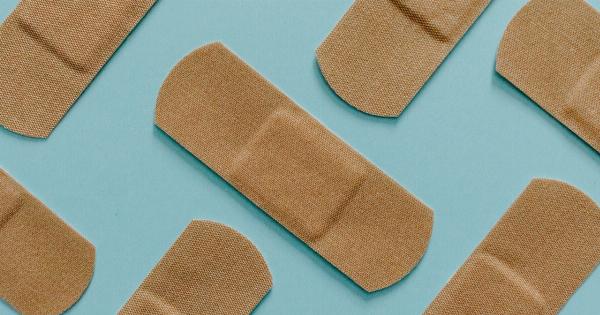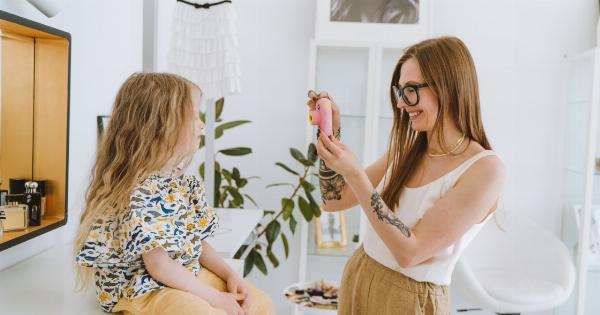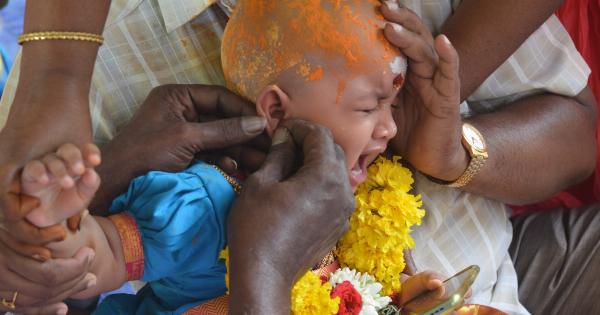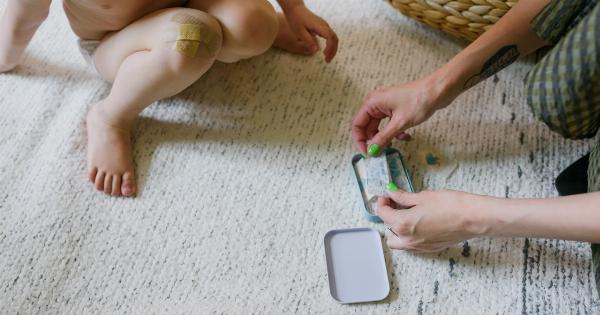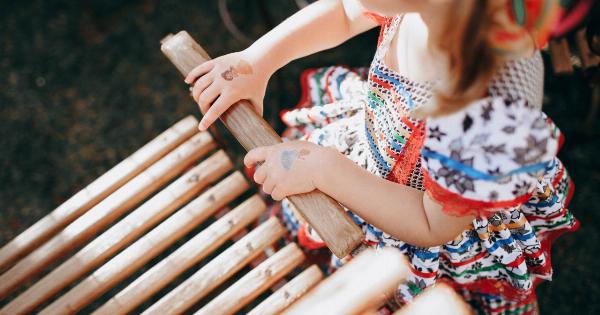Belly button piercing, also known as navel piercing, is a popular form of body modification that involves the insertion of jewelry through the skin around the navel.
It has gained immense popularity among both men and women as a fashion statement and a way of expressing one’s individuality. However, before getting a belly button piercing, it is important to understand the procedure, aftercare, and the healing process to ensure a safe and successful experience.
Procedure
The process of getting a belly button piercing involves several steps:.
1. Choosing a Professional Piercer
First and foremost, it is essential to find a reputable and experienced professional piercer who follows strict hygiene standards. Make sure to research thoroughly and ask for recommendations from trusted sources.
2. Preparing for the Piercing
Once you have selected a piercer, schedule an appointment. Before the procedure, the piercer will cleanse the area around your navel with an antibacterial solution and mark the spot where the jewelry will be inserted.
3. The Piercing Process
The piercer will use a sterilized hollow needle to create the hole in your navel. They will then insert the chosen jewelry, typically a curved barbell, into the hole. The procedure may cause some discomfort or a sharp pain, but it is usually quick.
4. Aftercare
After getting a belly button piercing, it is crucial to follow proper aftercare instructions to ensure proper healing and to minimize the risk of infection. Here are some important guidelines to follow:.
a. Cleaning
Clean the piercing twice a day using a gentle saline solution or a mild antibacterial soap. Gently rotate the jewelry to prevent it from sticking. Avoid using alcohol or hydrogen peroxide, as these can irritate the skin.
b. Avoiding Irritants
Avoid exposing the piercing to irritants such as lotions, creams, ointments, or makeup until it is fully healed. These substances can delay the healing process and increase the risk of infection.
c. Clothing Choices
Wear loose-fitting clothing that won’t rub against or irritate the piercing. Opt for breathable fabrics that allow airflow to the area.
d. Avoid Touching
Avoid touching the piercing unless necessary. Dirty hands can introduce bacteria and increase the risk of infection.
e. Swimming and Saunas
Avoid swimming in public pools, hot tubs, or natural bodies of water until the piercing is fully healed. These environments can harbor bacteria and increase the risk of infection.
5. Healing Process
The healing time for belly button piercings varies from person to person but typically takes anywhere from six months to a year. During the healing process, you may experience some common symptoms:.
a. Swelling and Redness
It is normal for the piercing to be slightly swollen and red for the first few days or weeks. However, if the swelling and redness increase significantly or are accompanied by severe pain, it may indicate an infection.
b. Discharge
A clear or slightly yellowish fluid discharge is normal during the healing process. However, if the discharge becomes thick, green, or foul-smelling, it may indicate an infection.
c. Itching and Sensitivity
Itchiness and sensitivity around the piercing area are common, but try to resist scratching or irritating the piercing.
6. When to Seek Medical Attention
If you experience severe pain, excessive swelling, green discharge, a fever, or any other signs of infection, it is important to seek medical attention promptly. Infections can be serious and require medical intervention.
Conclusion
Belly button piercing can be a trendy and stylish form of self-expression, but it requires proper care and attention to ensure a safe and successful healing process.
By following the right procedure, adhering to aftercare instructions, and being proactive in seeking medical attention if needed, you can enjoy your belly button piercing with confidence.
